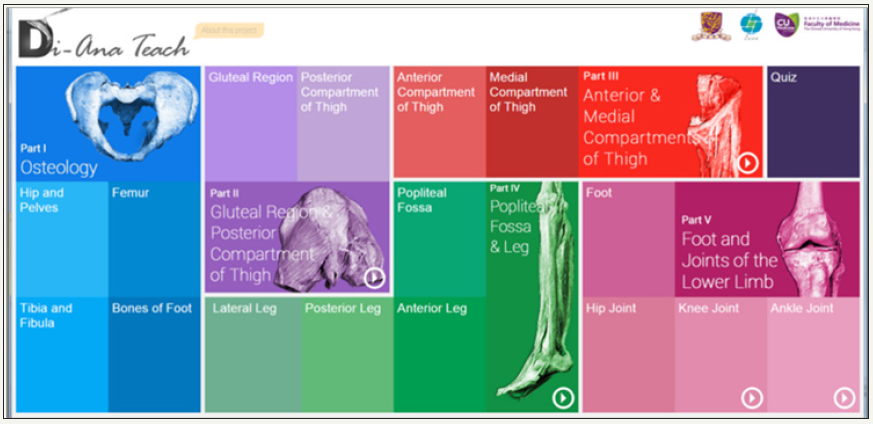Using Leap Motion Technology in the Development of a Touchless Screen Electronic Dissector Guide in the Anatomy Dissection Laboratory by Mei Kuen Florence Tang* in Open Access Research in Anatomy_ Journal of Anatomy

Abstract
Anatomy
education is a cornerstone of the medical profession education, and knowledge
acquisition relied on dissection of human cadavers [1], which is an optimal
setting for active learning on anatomical knowledge. Without hands-on
experience, there is a gap between the practical knowledge and theoretical
knowledge among student learning. Thus, medical students respectfully call
these body cadaver donors as “silent teachers” [2].
The
availability of cadavers is one key factor in determining how medical students
will be able to learn from human dissection. In Hong Kong, like many European
countries, a major source of cadavers comes from a voluntary body donationprogram, yet the local
institutional-based donation program was not implemented until 2011. With a
yearly intake of 250undergraduate students on the MBCHB program, the medical
school needs at least 40 human cadavers for teaching purposes. Before the
implementation, body donation for medical education and research was scarce,
where there wereless than ten body donor registers and less than 20 bodies
received for teaching purposes. The low donation rate not only fails to meet
the learning need but also impede the teaching quality. After seven years of
efforts, there are around 13,000 registered donors in the system, and the
institution received 100 human cadavers yearly [2].
In each dissection, students will be divided into groups of 12 to 15 sharing one cadaveron the dissecting table. Before the laboratorydissection, students attend a pre-laboratory talk learning the dissecting procedures to examine those clinical anatomical structures. Each group shared one textbook of Atlas of Anatomy to identify and solve topographical structural problems. After class, books are not made available outside the laboratory. With such a big group and little resources, students often felt frustrated over limited exposure to learning from a valuable cadaver class due to limited resource and time. “I was inadequately prepared for this initial encounter with the human cadaver, and I learned little only,” a student groaned after class. Quality anatomy teaching is challenging due to a lack of time in the medical curriculum, qualified teachers, and insufficient cadaver donation [3]. Above all, anatomy is one of the disciplines requiring an innovative pedagogy to stimulate medical students’ interest in learning.
https://crimsonpublishers.com/oara/fulltext/OARA.000528.php
For more articles in Journal of Anatomy,
Please click on below link: https://crimsonpublishers.com/oara/


This comment has been removed by the author.
ReplyDeleteThis is actually the kind of information I have been trying to find. Thank you for writing this information. körkort online
ReplyDeleteI found that site very usefull and this survey is very cirious, I ' ve never seen a blog that demand a survey for this actions, very curious... [pii_email_3dd76af4bcadd8ded428], Solve [pii_email_3dd76af4bcadd8ded428] Error
ReplyDeletenice bLog! its interesting. thank you for sharing.... 網站設計
ReplyDelete